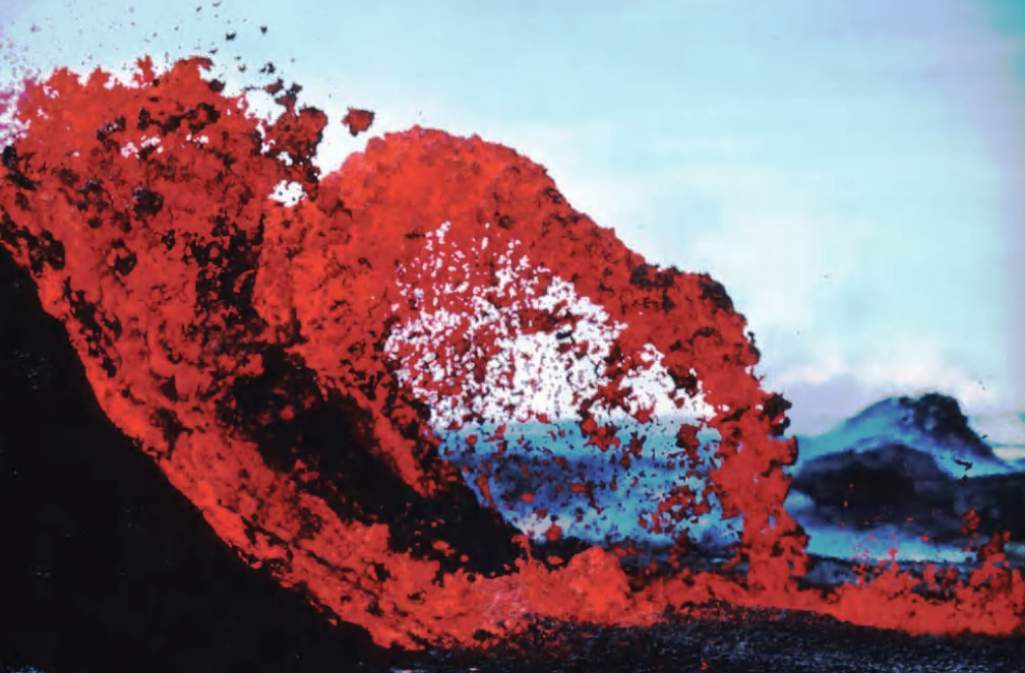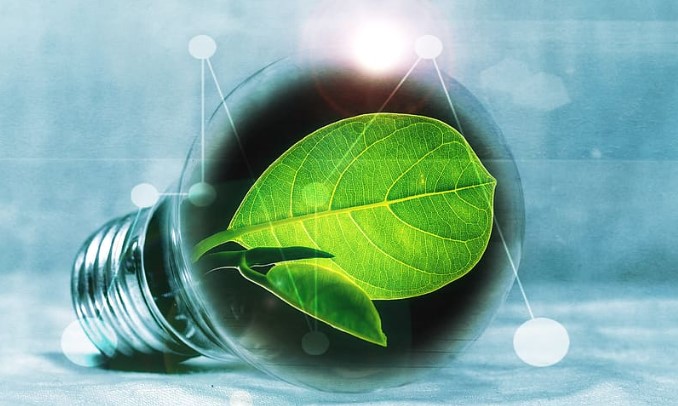Volcano monitoring technique indications that a volcanic eruption could be poised to explode can be detected only if the volcano is carefully and consistently monitored. The volcanic monitoring technique aims at finding the precursory phenomenon that is described and observing the movements of magma under volcanoes.
The United States Geological Survey is responsible for complete volcano monitoring programs throughout regions like Pacific Northwest, Alaska, and Hawaii. The most precise methods to determine the location and motion of magma in volcanoes are by using seismology and studying the flow of seismic waves in the volcano.
These could be generated naturally by earthquakes that occur beneath the volcano, or by the seismic energy generated by scientists who trigger explosions and observe how the energy travels throughout the volcanic ash. Certain kinds of seismic waves pass through magma-like fluids (compression alp-waves, also known as compression) while other kinds of seismic waves are not (shear and S-waves).
The magma’s position underneath a volcano is established by triggering an explosion on the other end of the volcano, and using seismic receivers placed within the volcanic area to determine the location of a “shadow zone” where P-waves are detected, however, Swaves aren’t.
The magma-rich body that forms the shadow zone is traced to three-dimensional space making use of data from the various earthquake receivers. The repeated experiments over time could follow the movements that the magma is making. Precursory phenomena like lava flows are also tracked to monitor their evolution in time, which will improve estimates of upcoming eruptions.
The temperature changes of the surface are monitored by satellite thermal images and also other changes, including changes in the structure of released gases, are also monitored. Other potential precursors could be observed in changes to physical properties, for instance, magnetic and electrical fields surrounding volcanic prior eruptions.
Therefore, the changes in the geochemical properties of the gases and fluids that come from volcanic vents and fumaroles are indicators of activity under volcanoes. The changes are largely influenced by the speed of degassing of magma under the volcano, as well as interactions between the magma and water systems underground.







